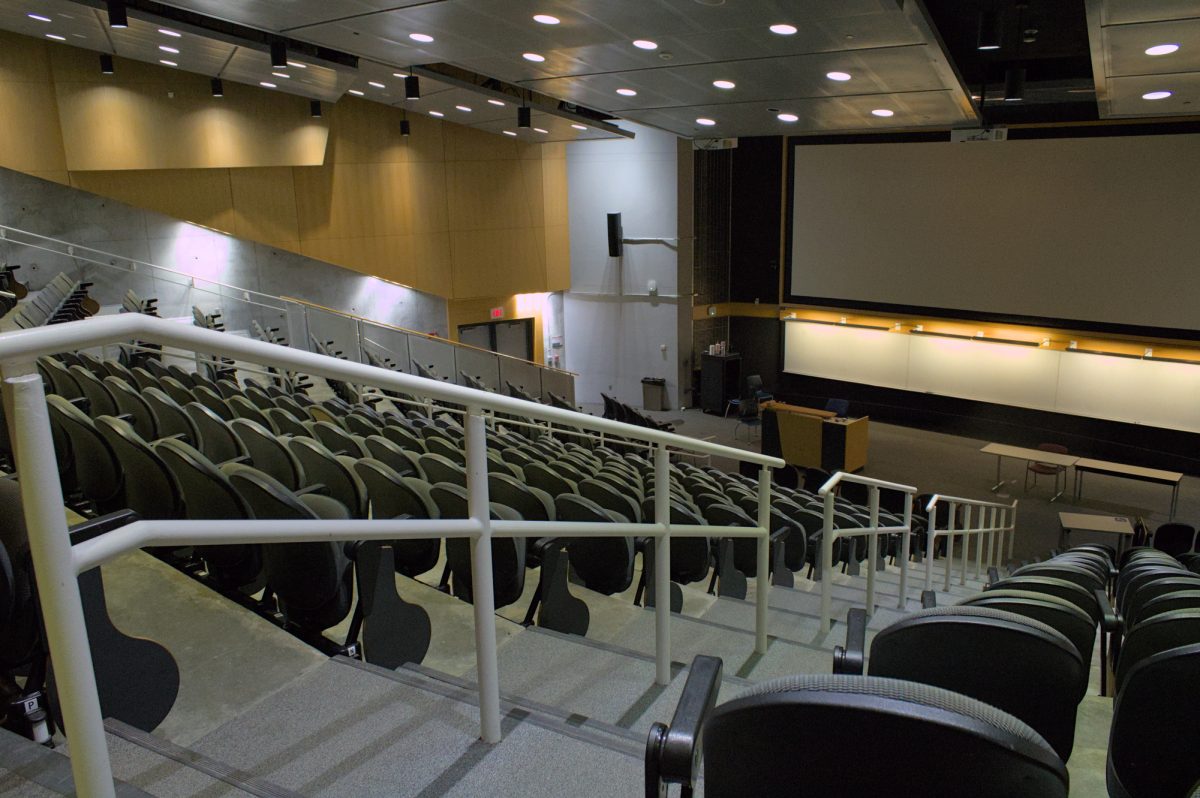Telemedicine brings health care into the home
March 28, 2001
In an expansion of online possibilities, the development of telemedicine has brought health care just a mouse click away. The new interactive medium transmits medical information from patient to doctor and back again.
Shaela Holtman, telemedicine site coordinator for Mary Greeley Medical Center, 1111 Duff Ave., said the method is essentially the transmission of medical information and services from one site to another, using telecommunications technology such as phone lines.
However, she said, it is not simply interactive video. It also includes data exchange between facilities and their patients.
“It allows people to stay in their home location and be connected to another medical facility or health care provider who has access to medical information and education materials,” Holtman said.
Despite its obvious advantages for people in rural communities seeking medical consultation, some say telemedicine may become a substitute for human-to-human interaction in the medical field. Fred Eastman, technical support coordinator for the Midwest Rural Telemedicine Consortium, said he believes telemedicine is the future of health care, but it will not replace human interaction.
“It’s a different way to provide the same ways of medical care,” he said.
Holtman said telemedicine expands health care for patients in rural or isolated areas from medical facilities.
“I would not say it is a substitute but something to accentuate it,” she said. “Human contact has its place and value, but telemedicine can be used to support it.”
Eastman said although telemedicine lacks the human contact a visit to the office would provide, it will provide unique advantages not previously available.
“They can see and hear inflections, getting those non-verbal cues they would be looking for,” he said. “It’s person-to-person interactions.”
Michael Kienzle, associate dean for clinical affairs and biomedical communications at the University of Iowa, cited studies conducted to receive patient feedback. He said the reaction has been positive, and its use will continue to grow.
Holtman said the cost of the services is a disadvantage, because one must have online access and equipment capable of video transmission.
“When you are dealing with health care, you are not just looking at a video, but the transmission of x-rays or images of the heart,” she said. “That can be expensive.”
Kienzle said patients who use telemedicine eventually will also have to absorb service and maintenance costs of the communication lines. While all new technology is expensive at first, it becomes more affordable as it becomes more common.
“Cost for the implementation has been high,” he said. “But it has to be kept in context.”
The new technology has a more expansive array of use than clinical visits, Eastman said.
He said telemedicine has been used for inmate health care at mental health and prison facilities.
“One of the largest uses of this tool is for mental health coverage,” Eastman said. “There is a shortage of behavior health services.”
Kienzle and Eastman agreed telemedicine is the future of medical care. Kienzle said the Internet fuels and supplements the push for telemedicine through online clinics, home monitoring and home medicine.
“It’s only a matter of time before a new type of technology will be widely accepted,” he said.






